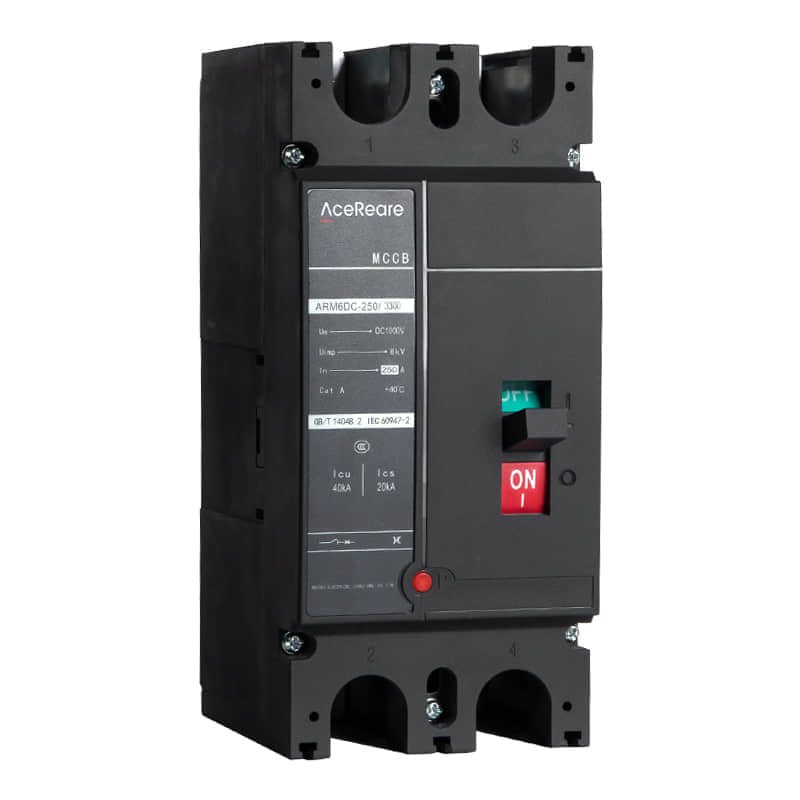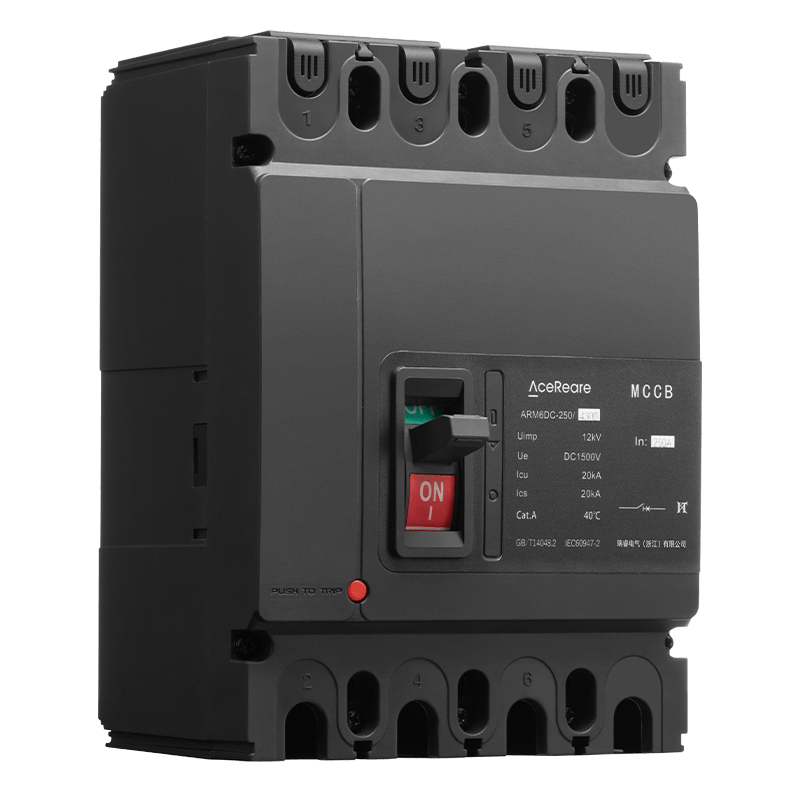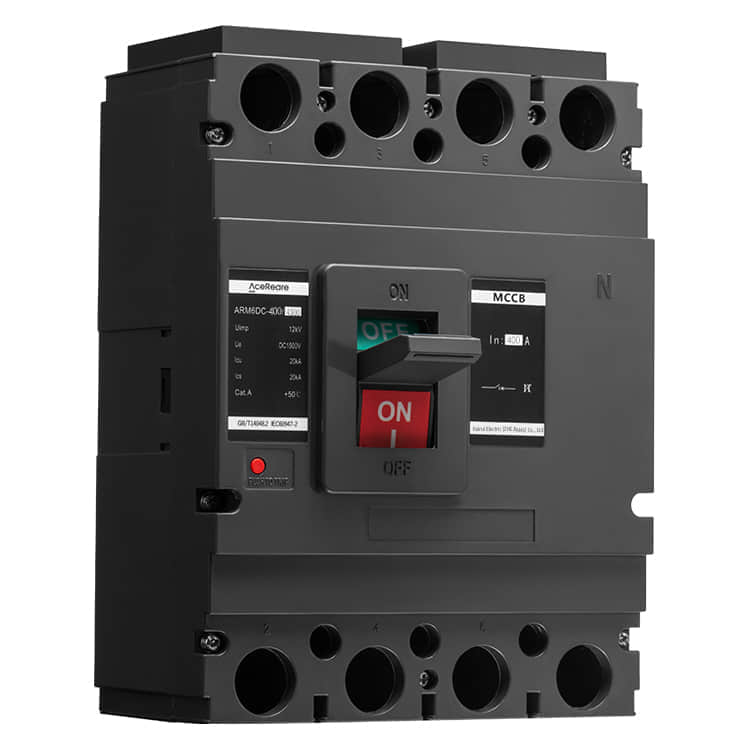In the pursuit of sustainable energy solutions, solar power has emerged as a frontrunner, offering clean and renewable electricity generation. Photovoltaic (PV) systems, the cornerstone of solar energy, have seen rapid adoption in residential, commercial, and industrial settings. However, with great power comes great responsibility, and ensuring the safety of PV systems is paramount. One critical component that plays a pivotal role in this regard is the Photovoltaic DC Circuit Breaker.

Introduction

The Photovoltaic DC Circuit Breaker is an indispensable element within PV systems, safeguarding both the system and its operators. This article delves into the significance of DC circuit breakers in photovoltaic installations, highlighting their operation, types, and the crucial role they play in maintaining the integrity of solar power systems. Understanding the Photovoltaic DC Circuit Breaker At its core, a DC circuit breaker is a device designed to interrupt the flow of direct current (DC) within a circuit. In the context of PV systems, it serves as a protective mechanism that prevents damage to the system and minimizes the risk of fire or electrical hazards. Types of Photovoltaic DC Circuit Breakers Thermal-Magnetic Circuit Breakers: These are the most common type of DC circuit breakers. They utilize both thermal and magnetic properties to detect and respond to overcurrent conditions. Thermal protection responds to prolonged overloads, while magnetic protection reacts to short-circuit faults. Electronic Circuit Breakers: These are more advanced and provide precise control over current interruption. They are often programmable and offer features like adjustable trip curves and remote monitoring, making them suitable for complex PV systems. Hybrid Circuit Breakers: Combining the benefits of thermal-magnetic and electronic circuit breakers, hybrids offer robust protection with advanced features. They are versatile and can adapt to various PV system requirements. Importance in PV Systems Overcurrent Protection: The primary function of a PV DC circuit breaker is to safeguard the system from overcurrent situations, which can be caused by factors such as short circuits or component failures. By interrupting the current flow promptly, these breakers prevent overheating and potential damage to the system. Fire Prevention: Overcurrents in PV systems can generate excessive heat, posing a fire hazard. DC circuit breakers act as a crucial line of defense, mitigating the risk of fire by swiftly disconnecting the circuit when needed. Maintenance and Troubleshooting: Circuit breakers also simplify maintenance and troubleshooting. In the event of a fault, they isolate the faulty section of the system, making it easier to identify and rectify issues. Challenges and Future Developments As the demand for solar energy continues to grow, the role of PV DC circuit breakers becomes even more critical. Challenges such as compatibility with new PV technologies, like bifacial solar panels and energy storage systems, must be addressed. Additionally, enhancing the cybersecurity of electronic circuit breakers to protect against cyber threats is an emerging concern. Conclusion Photovoltaic DC circuit breakers are the unsung heroes of solar power systems, ensuring their safe and efficient operation. By understanding their types and importance, we can appreciate the vital role they play in advancing the adoption of clean and sustainable solar energy. As technology continues to evolve, so too will these circuit breakers, further strengthening the safety and reliability of photovoltaic systems on our journey towards a more sustainable future.
